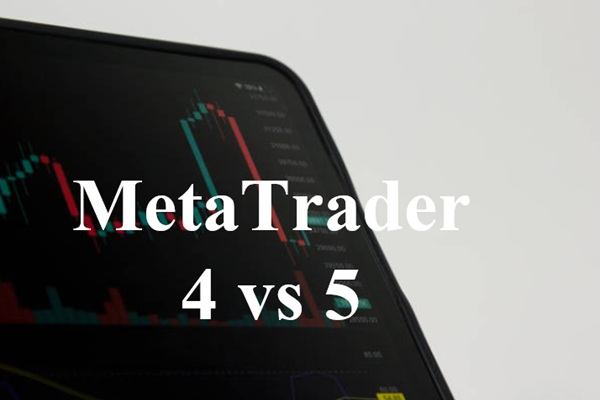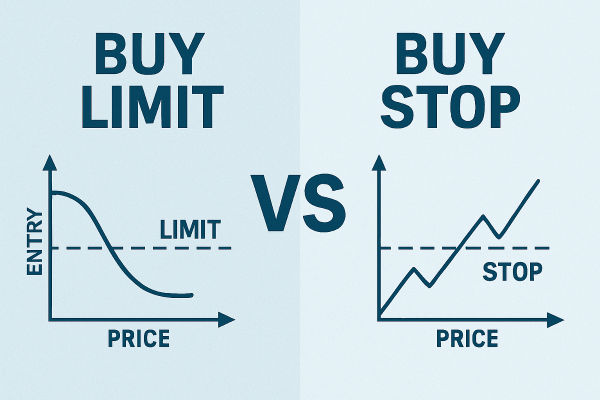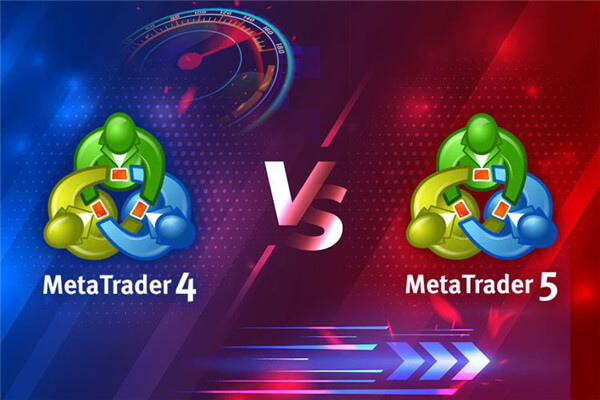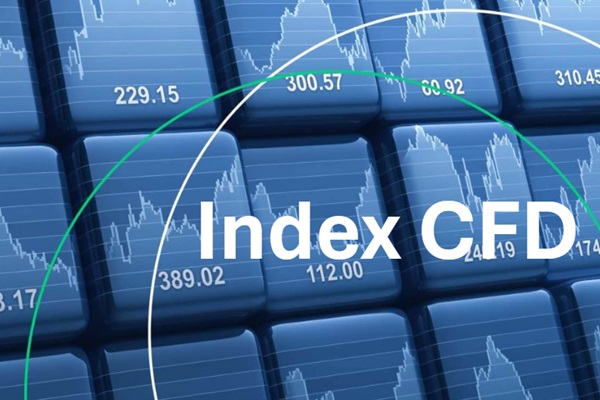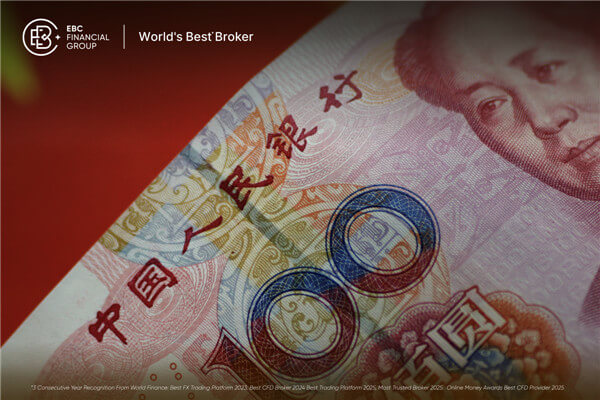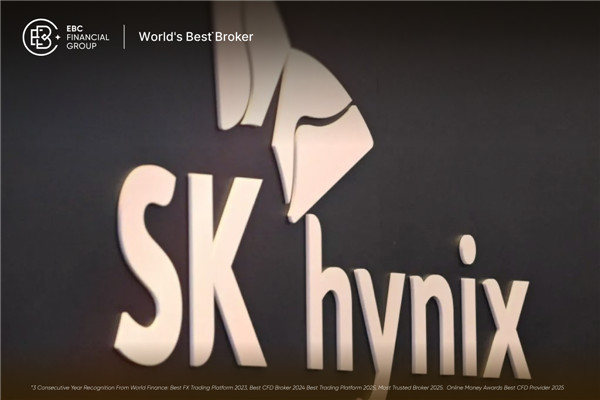A stop loss Limit Order is a trading instruction used to buy or sell a security at a set limit price after the stock price reaches a predetermined trigger price. Unlike regular stop loss orders, stop loss limit orders can limit investors to the highest or lowest price at which they can execute a transaction.
The stop loss limit order contains two parameters: trigger price and limit price. Trigger price is the condition for triggering a stop loss limit order. When the Securities price reaches or falls below this price, the order will be activated. The price limit is the maximum or minimum selling price allowed for an order. When a stop loss limit order is triggered, it will become a limit order, buying or selling securities at a specified price.
For example, suppose you own a stock that is currently priced at 100 yuan. You have set a stop loss limit order with a trigger price of 90 yuan and a limit price of 85 yuan. If the stock price drops to 90 yuan or less, the stop loss limit order will be triggered and the stock will be sold at 85 yuan. This means that if the market price falls too fast, you may not be able to sell the stock successfully at the price of 85 yuan, resulting in greater losses. Therefore, when setting stop loss limit orders, investors should reasonably consider price fluctuations to ensure that orders can be successfully executed within the expected price range.

Stop loss limit orders and stop loss orders are two different trading instructions used to execute sell operations when Stock Prices fall. The main difference between them lies in the setting of triggering conditions and execution prices.
Stop loss order is a simple sell order. When the stock price falls to the set stop loss price, the order will be activated and the securities will be sold at the market price. The purpose of stop loss orders is to help investors control risk and avoid incurring excessive losses in the event of a significant price drop.
The stop loss limit order is more flexible and includes two parameters: trigger price and limit price. The trigger price is a condition of a stop loss limit order, and when the securities price reaches or falls below this price, the order will be activated. The price limit is the maximum or minimum selling price allowed for an order. When a stop loss limit order is triggered, it will become a limit sell order, selling securities at the specified price.
Therefore, stop loss limit orders can provide more control and protection, but at the same time, investors need to be more cautious in considering price fluctuations and setting execution prices. If the market price falls too fast, it may cause the stop loss limit order to fail to sell the stock successfully, thus missing the selling opportunity. Therefore, when setting stop loss limit orders, investors need to reasonably consider price fluctuations to ensure that orders can be successfully executed within the expected price range.
【 EBC Platform Risk Reminder and Disclaimer 】: There are risks in the market, and investment needs to be cautious. This article does not constitute investment advice.






